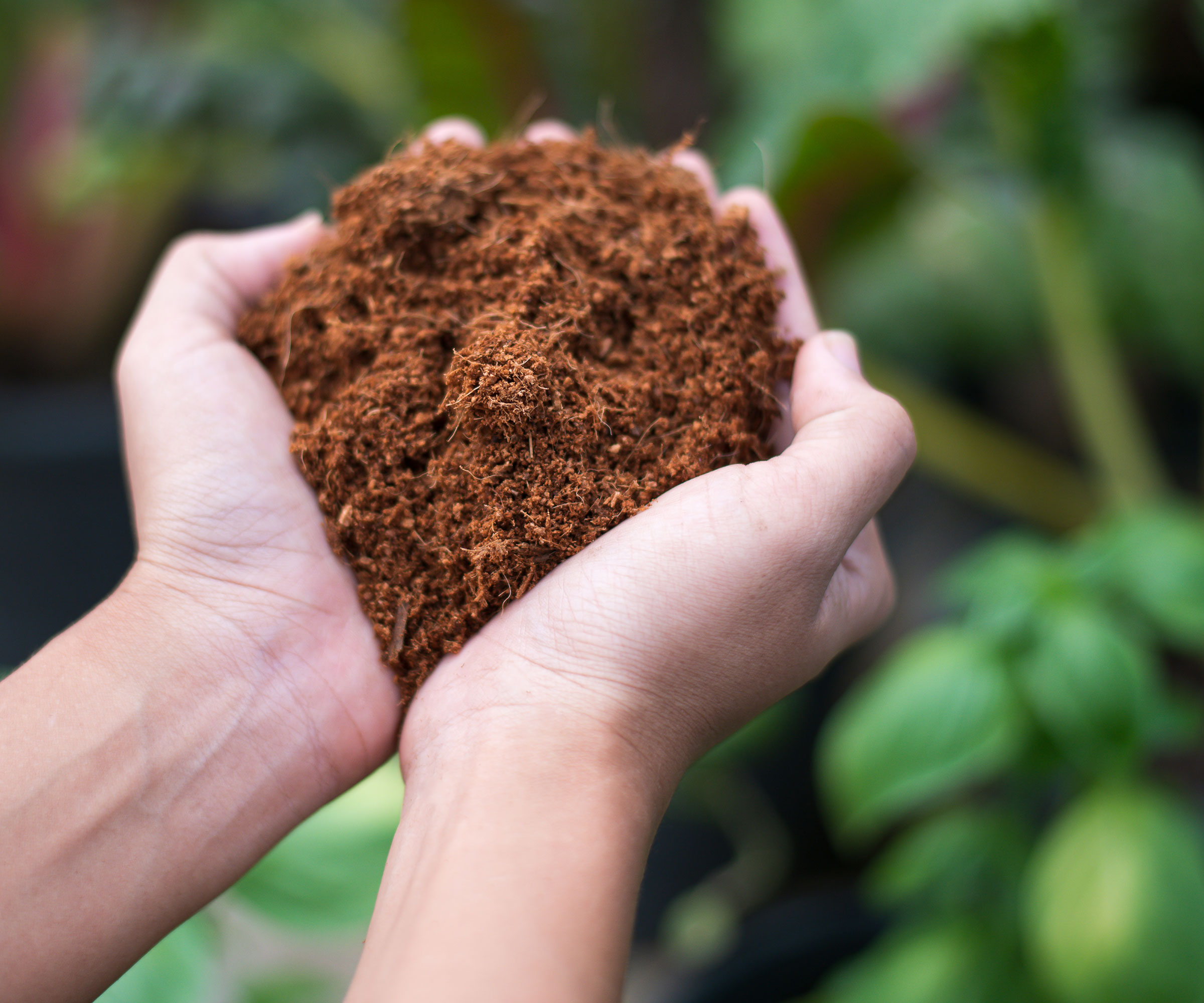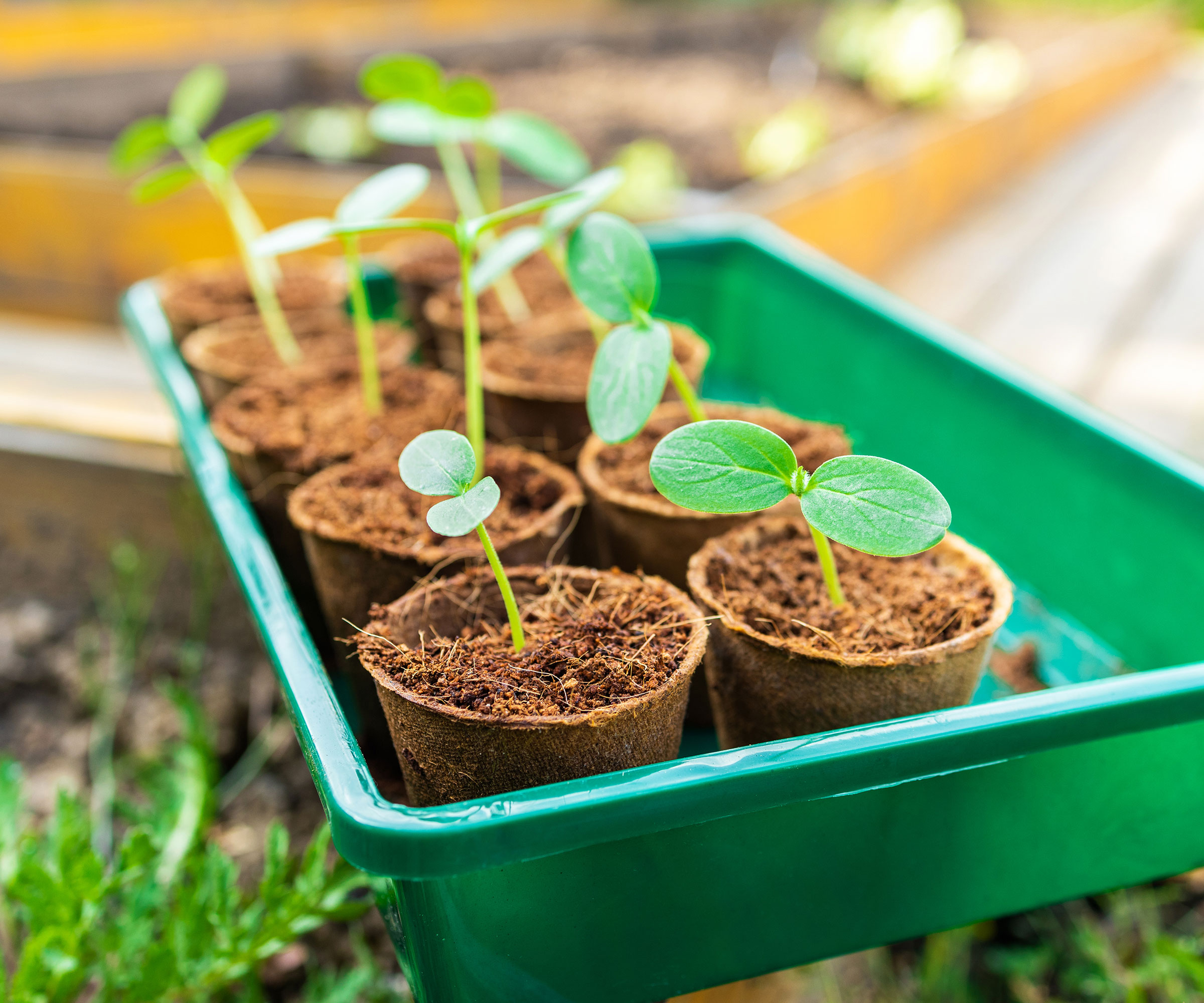DIY Potting Mix Masterclass: Make Your Own Peat-Free Blends For Plants
Looking to make more of natural potting mix ingredients and boost your peat-free options? Our DIY potting mix masterclass can help you create potting mediums for different plants


While it’s easy to find high-quality potting mix at gardening stores and nurseries, there are good reasons to consider DIY potting mix. Making your own blend gives you greater control and allows you to make adjustments for different needs. You can also save money this way.
As you investigate recipes for the perfect potting mix, consider the importance of leaving out peat. Peat moss is often used in potting blends but unfortunately it must be harvested from wetlands. The process damages a delicate ecosystem and releases carbon dioxide. Luckily, if you want to make soilless growing mediums, there are plenty of good alternatives. Here we show you how to make your own potting mix.
Finding Good Alternatives to Peat-Based Mixes
Peat in potting mix is a common ingredient because it helps the blend retain water while simultaneously allowing it to drain well. It helps create a healthy root environment for seedlings and mature plants alike. Peat is generally inexpensive, but if you’re looking for alternatives for your homemade potting mix, consider these:
- Coconut coir is a byproduct of processing coconuts. It has similar properties to peat in a mix and is one of the most common alternatives to peat. There are a few pros and cons with coconut coir, so be aware. It may contain too much salt, so look for low-salt types.
- Perlite and vermiculite are also used in standard potting mixes. Like peat, they improve drainage. Vermiculite is better at retaining water.
- Rice and other grain hulls, if available commercially in your area, are great natural and eco-friendly alternatives to peat.
- Yard waste and composted materials can also be good additions to potting mixes for improving drainage and water retention. They also add nutrients to the soil. Use regular compost, leaf mold, composted bark, worm castings or pine needles.

What is the Best Homemade Potting Mix?
There are many different ways to make your own potting mix. Start with standard recipes and experiment to find a blend you like the best. Start by considering the materials available to you. If rice hulls are hard to find, but coconut coir is available and inexpensive, go with the latter.
Compost is an ideal ingredient for any mix because of the nutrients it provides. Getting to grips with composting basics isn’t too difficult. However, if you don’t have your own compost made, you may be able to source it from your local government. Many cities create compost, mulch, and other products from collected yard waste and allow residents to collect and use it for free.
How to Make Your Own Peat Free Potting Mix
Gardeners all have their favorite recipes for potting mix, but you can only stray so far from a good basic recipe with these proportions:
- 2 parts compost
- 2 parts peat alternative (like coconut coir)
- 1 part perlite or vermiculite
If you don’t have a lot of compost to work with, you can substitute one part compost for one part soil. You can also add in amendments like sand, worm castings, or fertilizer.
Gardening tips, videos, info and more delivered right to your inbox!
Sign up for the Gardening Know How newsletter today and receive a free copy of our e-book "How to Grow Delicious Tomatoes".

Adapting Your Mix for Different Plants
DIY peat-free potting mix works for all kinds of plants, but you might want to adjust your basic recipe for various types of plants:
- Succulents and Cactuses: For plants that need very well-drained soil and less moisture, from jade plants to christmas cactus, use perlite instead of vermiculite and replace one part compost with one part sand.
- Vegetables:
Veggies need a lot of nutrients, so use three parts compost to one part perlite or peat alternative and add fertilizer. - Seedlings:
When starting seeds, moisture retention is essential. Use two parts peat alternative, one part compost, two parts vermiculite, and one part sand.
Frequently Asked Questions
Is Homemade Potting Mix Better Than Shop-Bought?
Store-bought potting mixes are often excellent products. If you have specific needs or want to avoid peat, a homemade blend can be better.
What is a Good Peat-Free Seed Starting Mix?
Seeds need plenty of moisture but also must drain well to avoid rot. Use a mix with vermiculite and peat alternative to retain water as well as sand to improve drainage. Use just one part compost.

Mary Ellen Ellis has been gardening for over 20 years. With degrees in Chemistry and Biology, Mary Ellen's specialties are flowers, native plants, and herbs.